I am training my model with several images.
When training my model I realized that I could increase my accuracy by replacing the zero elements in my image array with other values and so I replaced them with the median value of my image as shown with the following code.
import cv2
import imutils
import numpy as np
r_val_all = np.zeros((2000,112,112))
for r in range(len(r_val)):
#LOAD IMAGES
r_image_v = cv2.imread(r_val[r])
r_gray_v = cv2.cvtColor(r_image_v, cv2.COLOR_BGR2GRAY)
r_gray_v = imutils.resize(r_gray_v, width=112, height=112)
n = np.median(r_gray_v[r_gray_v > 0])
r_gray_v[r_gray_v == 0] = n
r_val_all[r,:,:] = r_gray_v
The accuracy did improve however it is not quite there yet.
What I actually require is something where the zero elements are replaced with a continuation of the pre-existent array values.
However I was not sure how to tackle such a problem are there any tools that perform the operation I require?


